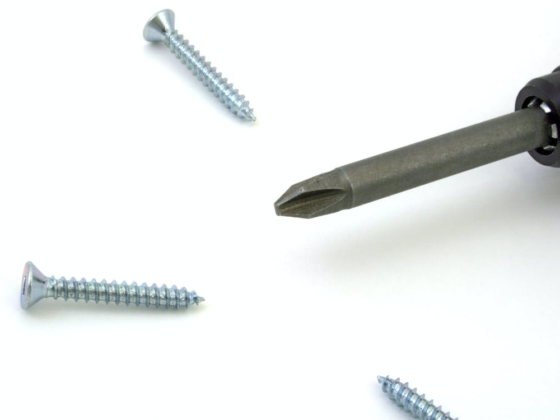Although a bock in your mainline may not be immediately noticeable, it doesn’t mean it isn’t there.
A mainline clog isn’t something that should be ignored, as this problem can quickly grow into an expensive and extensive replacement.

Unfortunately, most homeowners don’t pay attention to this crucial part of your house until it is too late.
The function of the Main Line
The function of the mainline is to help transport wastewater from the home’s sewage system to the underground mains.
If there is a clog in the pipes and a blockage in the system, this can lead to foul and raw sewage coming out of the drains.
Not only is this a disgusting and time-consuming task to fix, but it can result in significant damage and labor-intensive sewer line replacements.
Read Also:
How Does Your Main Line Get Clogged?
There are various reasons why your main line could be clogged. Any one of the following symptoms can indicate to the homeowner that it is time for the mainline to be cleared.
- Debris from trees, bushes, and branches can migrate to the low spots in the mainline where the drain line has settled. Sometimes, a break in the mainline can cause a clog.
- People in the home may flush too much toilet paper during use, or flush items that should not be in the sewage line.
Ensure that everyone living in the house knows the proper etiquette and rules when pushing items down the toilet to prevent the mainline clog.
- In some cases, although rare, the mainline hose can be crushed due to exterior contract work on the house.
If this occurs, you need to speak with the construction company to survey the damage and pay for the replacement of the mainline.
- In a septic tank system, the tank may need to be pumped repeatedly to flush the mainline and prevent any future clogs.
- If there has been a storm in the area causing very heavy and prolonged rain, the street’s mainline can become overloaded and overstressed.
Any overload of the sewage system will cause a temporary backup of the mainline.
- Knotted hair, food particles, and cleaning product debris usually cause small clogs in the mainline.
If you notice a huge build-up of these substances in the small drains and lines, it can become so severe that the mainline drain becomes unusable.
- In almost all cases, the reason for the mainline clog is that the line has not been routinely serviced or maintained over the years.
How Do I Know My Main Line Is Clogged?
Homeowners need to keep an eye and ear out for certain signs and symptoms of a clogged mainline to know when to service their septic system.
Being aware of the most prevalent issues can help reduce repair and labor costs in the future.
Symptoms of A Clogged Main Line
- Water backing up out of the mainline system, leading to water spilling out of the drain and leaking into the house
- Gurgling sounds and strange noises coming from the drains after the water goes down
- Toilet water comes out the wrong spicket, coming into the bathtub or shower after flushing
- Water can leak around the toilet if the mainline has clogged under the toilet’s seal
- The drains are very slow-flowing and it takes a very long time to drain the bathtub, shower, toilet, or sink
Conclusion
Homeowners need to know the main signs and symptoms their mainline has to be cleared to prevent irreversible damage to their septic tank system.
Taking preventative measures, like routine maintenance of the mainline, repeatedly flushing the tank, and avoiding flushing big items down the toilet can help prevent a cog of the mainline.










